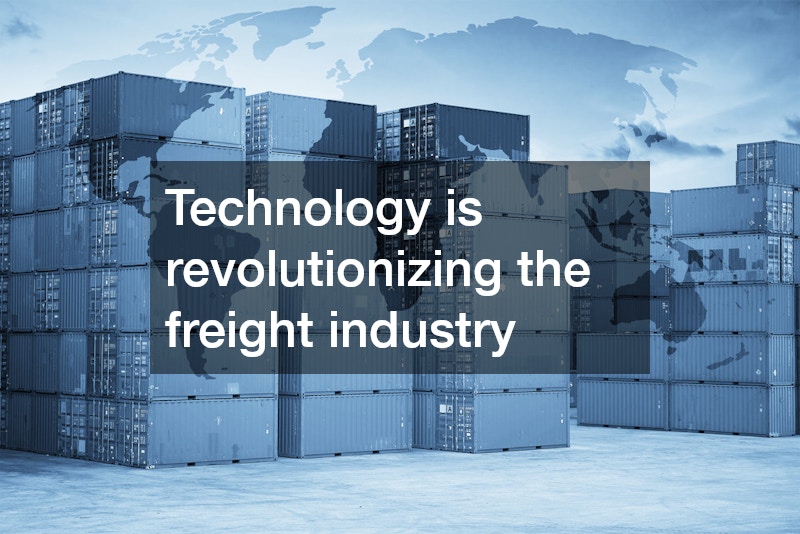Transport freight is a vital component of the global economy, connecting manufacturers, retailers, and consumers across cities, countries, and continents. From shipping goods across oceans to delivering packages locally, freight transportation ensures that products arrive where they are needed efficiently and safely. While most people interact with freight daily, few realize the fascinating details behind how goods move from one place to another. Here are five interesting facts about transport freight that shed light on this essential industry.
1. Freight Moves an Immense Volume of Goods Globally
The sheer scale of freight transportation is staggering. According to the International Transport Forum, billions of tons of goods are transported worldwide every year via road, rail, air, and sea. In the United States alone, trucks move over 70% of all freight by weight, accounting for trillions of dollars in economic activity.
This vast network ensures that supermarkets are stocked, e-commerce orders reach homes, and industries receive raw materials on time. The efficiency and reliability of freight operations are crucial for maintaining the global supply chain. Without well-coordinated freight systems, delays and shortages would quickly disrupt daily life and business operations.
2. Different Modes of Transport Serve Different Needs
Freight doesn’t rely on a single mode of transport; instead, each method has unique advantages depending on cost, speed, and distance. Road freight, which dominates short- to medium-distance deliveries, offers flexibility and access to areas without rail or port infrastructure. Rail freight excels in moving heavy goods over long distances at a lower cost, especially bulk commodities like coal, grain, or chemicals.
Air freight is the fastest option, ideal for perishable or high-value goods, but it comes at a higher price. Sea freight, meanwhile, handles the majority of international cargo, capable of transporting massive volumes at a relatively low cost. Many shipments today use a combination of these modes, known as intermodal transportation, to balance efficiency, speed, and cost.
3. Freight Efficiency Impacts the Environment
Transport freight plays a significant role in global carbon emissions. Trucks, ships, trains, and planes consume fuel and release greenhouse gases during transit. According to the Environmental Protection Agency (EPA), the transportation sector accounts for nearly 30% of total U.S. greenhouse gas emissions, with freight contributing a sizable portion of that figure.
To combat this, freight companies are increasingly adopting green practices. Innovations such as electric trucks, fuel-efficient engines, optimized routing, and alternative fuels like biodiesel or LNG reduce emissions while improving efficiency. Environmental considerations are shaping the future of freight logistics, highlighting the importance of sustainable transport practices.
4. Technological Advancements Are Transforming Freight
Technology is revolutionizing the freight industry, making shipments faster, safer, and more transparent. Global Positioning Systems (GPS), telematics, and real-time tracking allow shippers and customers to monitor cargo locations, ensuring timely deliveries. Automated warehouses, robotics, and advanced inventory management systems streamline loading and unloading, reducing human error and downtime.
Additionally, artificial intelligence (AI) and predictive analytics help logistics companies forecast demand, optimize routes, and minimize delays. Innovations like autonomous trucks and drones are on the horizon, promising to transform freight transportation even further. Technology not only improves operational efficiency but also enhances customer experience, making supply chains more resilient and reliable.
5. Freight Influences Local and Global Economies
Transport freight is the backbone of economic activity at both local and global levels. Efficient freight systems enable businesses to expand their markets, reduce costs, and respond to consumer demand. Ports, rail terminals, and trucking hubs generate employment opportunities while supporting ancillary industries such as warehousing, packaging, and maintenance.
Internationally, freight connects producers and consumers across borders, enabling global trade. Countries with well-developed freight infrastructure tend to have stronger economies, as timely transportation reduces trade barriers and fosters industrial growth. In this way, freight transportation is not just about moving goods—it’s a driver of economic growth and development.
Transport freight is an often-overlooked but fascinating part of modern life. From moving billions of tons of goods each year to driving economic growth, freight impacts almost every aspect of daily life. Understanding the different modes, environmental implications, technological advancements, and economic significance highlights why freight is more than just trucks on the road or containers on a ship—it’s the lifeline of global commerce. By appreciating these facts, we gain insight into the complex systems that keep our shelves stocked, businesses running, and economies thriving.




